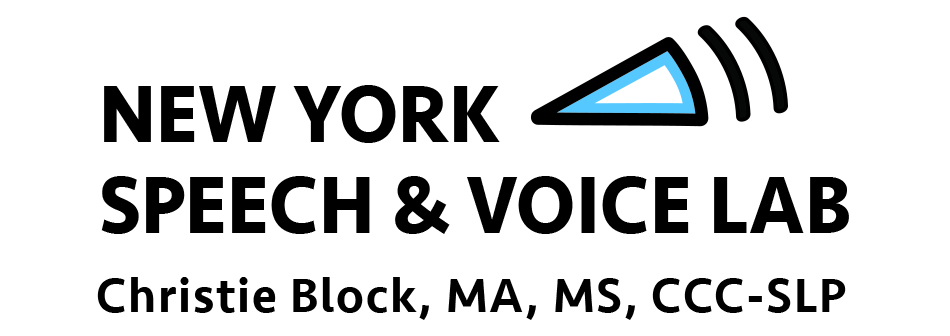Here is a radio news story that was broadcast on National Public Radio’s All Things Considered on 10/14/14 about my voice work:
I am pleased with Laura Starecheki’s story, and I particularly liked one of her main messages: even a small amount of voice change can result in significant life improvement. Indeed! Many clients want that perfect voice, but luckily, perfection isn’t even necessary. For most people, it just takes practice and a willingness to try new techniques in the moment. Interestingly, you must notice and adjust your voice in order for your voice to not be noticed!
As I help transgender people fit in and lead safer, more authentic lives, I also aim to help you embrace your beautiful individuality, in the hope that you can be confident, without perfection, and that we together can promote diversity and educate others about transphobia, stereotypes, sexism, and binary gender assumption. Because in the end, as Laura says, the world should pay attention to WHAT we say, not HOW we say it.
Thanks go to Laura for creating a thoughtful and respectful piece, and particularly, for hitting upon the essential and extremely serious aspects of transgender experience without sensationalizing it. And kudos to Tina W., Monica H., and the anonymous people whose voices we hear from one of my recent workshops (you know who you are!) for sharing their stories and voices for the piece. These folks, and all of you out there who are working on your voices, should be proud of your courage and perseverance, voice-wise and otherwise!
